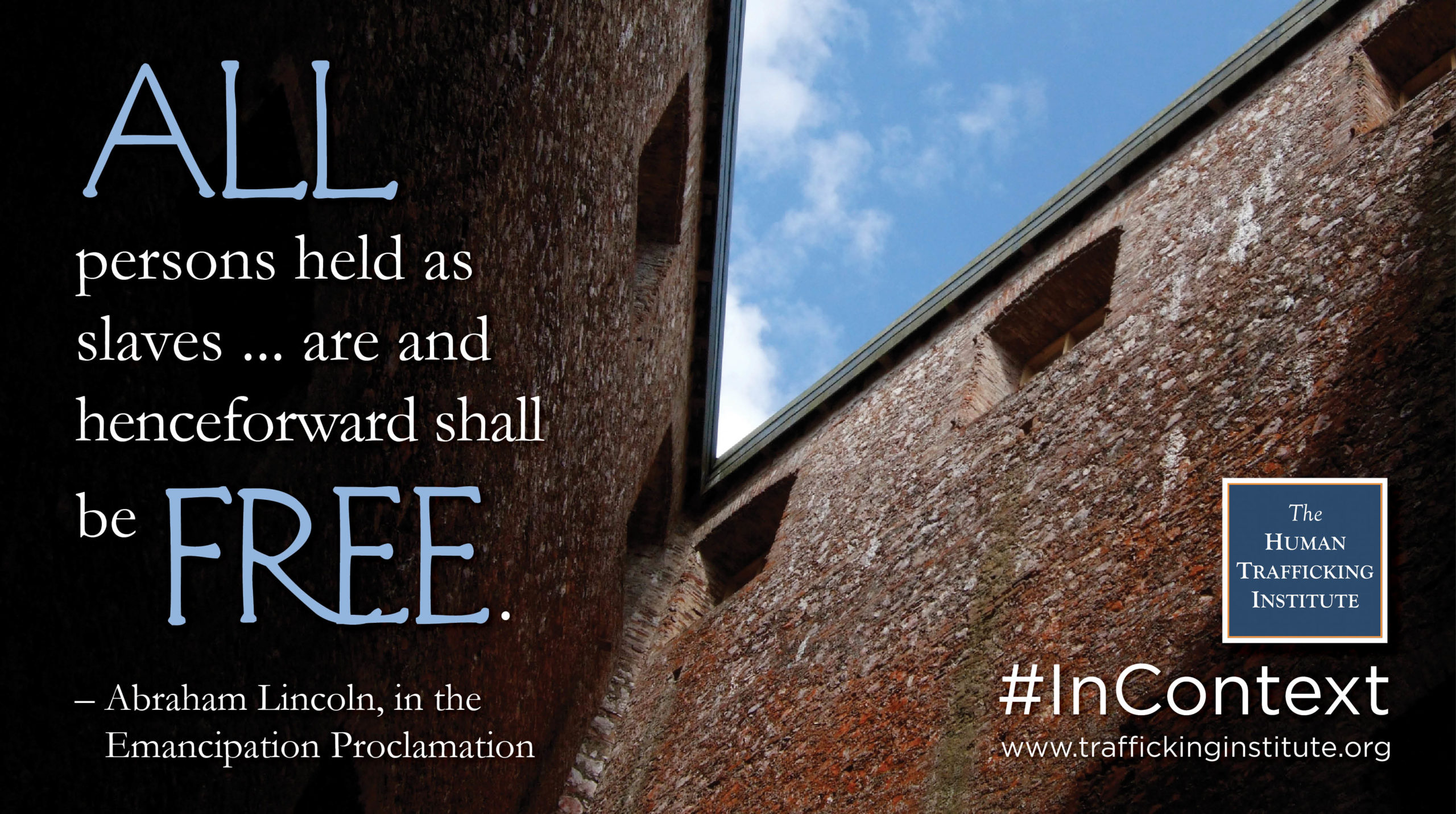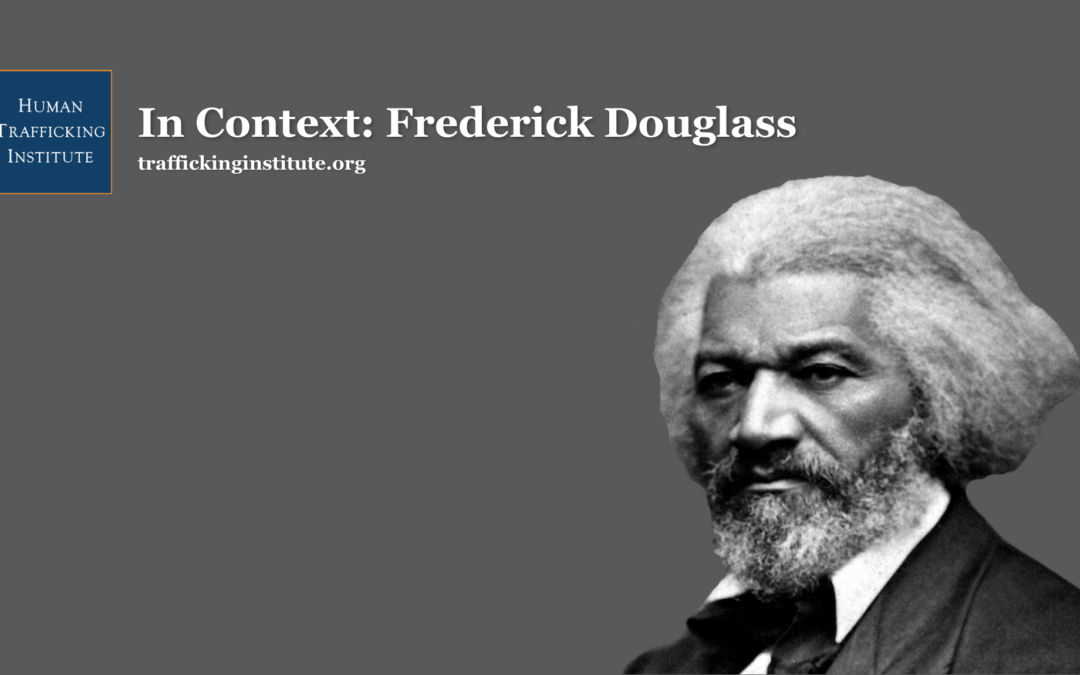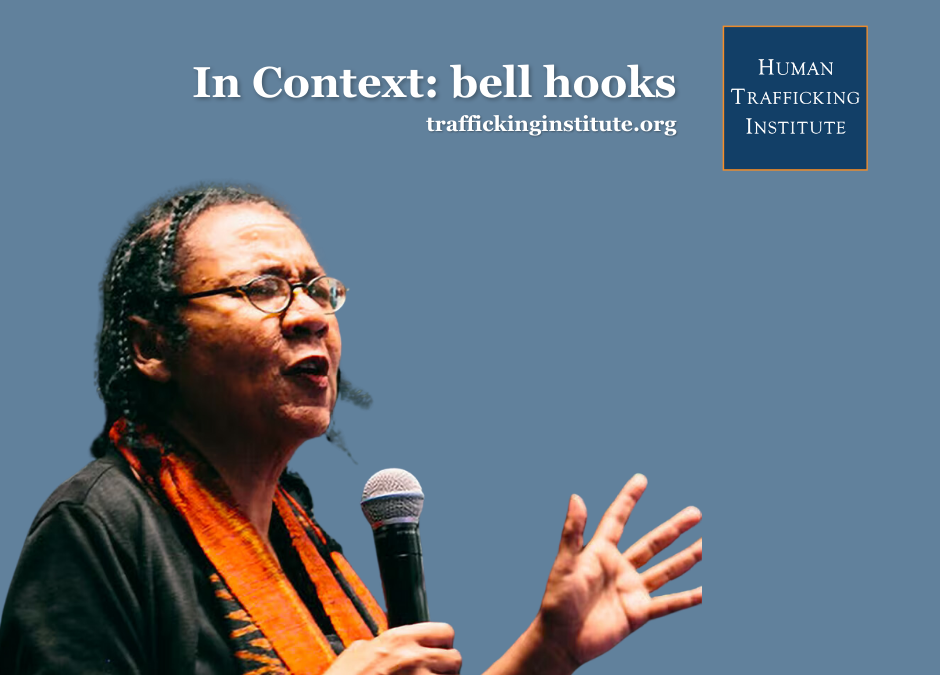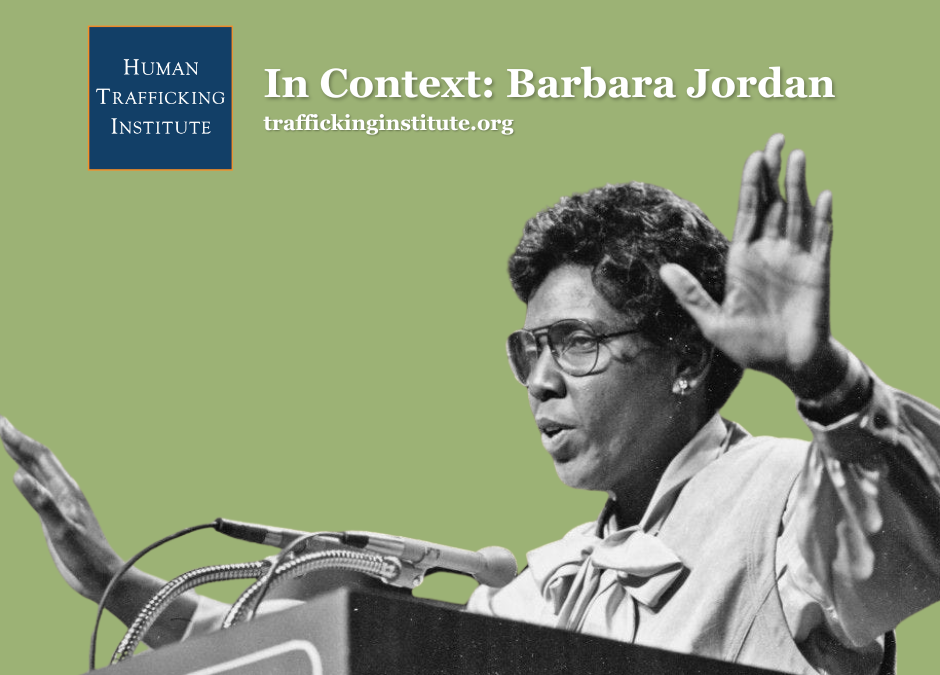On January 1, 1863, President Abraham Lincoln issued the Emancipation Proclamation as the United States neared its third year of civil war. The proclamation declared “that all persons held as slaves” within the rebellious states “are, and henceforward shall be free.” Click here to read the entire Proclamation.
Until that point, the North and South were officially fighting over states’ rights and the power of the federal government, which the South found overbearing. The Proclamation transformed the character of the war and become the moral turning point.
The Proclamation boosted the North’s military by announcing the acceptance of black men into the Union Army and Navy. Now the freedmen could free others. By the end of the war, almost 200,000 black soldiers and sailors had fought for the Union and for the liberation of their fellow African Americans.
If the Proclamation was the moral turning point of the war, the Battle of Gettysburg in Pennsylvania later that year was the military turning point. The casualties on both sides numbered in the tens of thousands, but the North prevailed, and General Lee of the Confederacy began a long retreat that would continue for over a year. The Union went on to win the war on April 9, 1865 when Confederate General Robert E. Lee surrendered to Union General Ulysses S. Grant at a small courthouse in Virginia.
The original Emancipation Proclamation is now housed in the National Archives in Washington, D.C.




